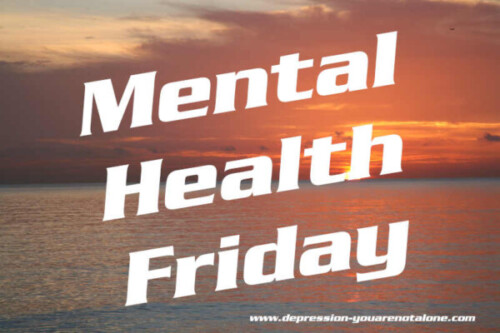Mental Health Friday 2024-05-10
On Mental Health Friday, we post, in alphabetical order, one per week, information on mental health disorders. Mental Health Friday is for informational purposes only, and is in no way meant to diagnose, treat or cure any disease. Please do not self diagnose and seek professional help for what ails you.
FindTreatment.gov is an online source of information for persons seeking substance use and/or mental health treatment facilities in the United States or U.S. Territories.
.
Phobic Disorder
Editorial Team
Phobic disorder, commonly referred to as a phobia, is a type of anxiety disorder characterized by an intense, irrational fear of specific objects, activities, or situations. This fear is disproportionate to the actual danger posed by the feared object or situation and can lead to significant distress and impairment in daily functioning. Here, we will explore phobic disorder in detail, including its types, causes, symptoms, diagnosis, and treatment options.
Types of Phobic Disorders
Phobic disorders are generally categorized into three main types:
- Specific Phobias: These involve an acute fear of a specific object or situation. Common examples include fear of flying (aviophobia), fear of spiders (arachnophobia), and fear of heights (acrophobia). Specific phobias are the most common type of phobic disorders.
- Social Anxiety Disorder (Social Phobia): This involves a significant fear of social situations or performances where one might be judged, embarrassed, or scrutinized. Individuals with social phobia often fear activities such as speaking in public, attending social gatherings, or even eating in front of others.
- Agoraphobia: This is the fear of being in situations where escape might be difficult or help might not be available in the event of having a panic attack or panic-like symptoms. Commonly feared situations include being outside the home alone, being in a crowd, or traveling in a car, bus, or airplane.
Causes
The exact causes of phobic disorders are not fully understood, but a combination of genetic, neurobiological, and environmental factors is believed to play a role. Key factors include:
- Genetic predisposition: Family history of anxiety disorders can increase the risk of developing phobias.
- Biological vulnerabilities: Certain temperamental traits such as sensitivity to anxiety or negativity might predispose individuals to phobias.
- Life experiences: Traumatic or negative experiences associated with specific objects or situations can lead to the development of phobias. For example, a dog bite might lead to a lifelong fear of dogs.
- Learned responses: Observing others’ fearful reactions can also contribute to the development of a phobia.
Symptoms
Symptoms of phobic disorders vary depending on the type of phobia and the individual but typically include:
- Intense fear or anxiety triggered by the presence or anticipation of a specific object or situation.
- Physical symptoms such as sweating, trembling, rapid heartbeat, and shortness of breath.
- Avoidance behavior, where the individual goes out of their way to avoid the feared object or situation.
- Impairment in daily activities, where the fear and avoidance significantly interfere with normal routine, occupational activities, or social relationships.
Diagnosis
Diagnosis of phobic disorders involves a clinical evaluation by a mental health professional. This typically includes:
- Detailed medical history and interview: Discussing symptoms, their impact on life, and any family history of anxiety disorders.
- Psychological questionnaires: These may be used to assess the nature and severity of the phobia.
- Ruling out other conditions: It’s important to differentiate phobias from other possible mental health disorders.
Treatment
Treatment of phobic disorders can include one or a combination of the following:
- Psychotherapy:
- Cognitive-behavioral therapy (CBT): The most commonly used therapy for phobias, which involves exposure to the fear in a controlled and gradual way to desensitize the individual to the anxiety.
- Other therapies: Such as acceptance and commitment therapy (ACT) or dialectical behavior therapy (DBT) might also be helpful.
- Medication:
- Antidepressants: Such as SSRIs are sometimes used to manage symptoms.
- Anti-anxiety medications: Can be used temporarily to reduce severe anxiety.
- Lifestyle and home remedies:
- Regular exercise, meditation, and stress-management techniques can help manage symptoms.
- Support groups: Sharing experiences with others facing similar challenges can provide emotional support and coping strategies.
Phobic disorders can be deeply distressing, but with effective treatment, many people are able to manage their fears and lead fulfilling lives.

